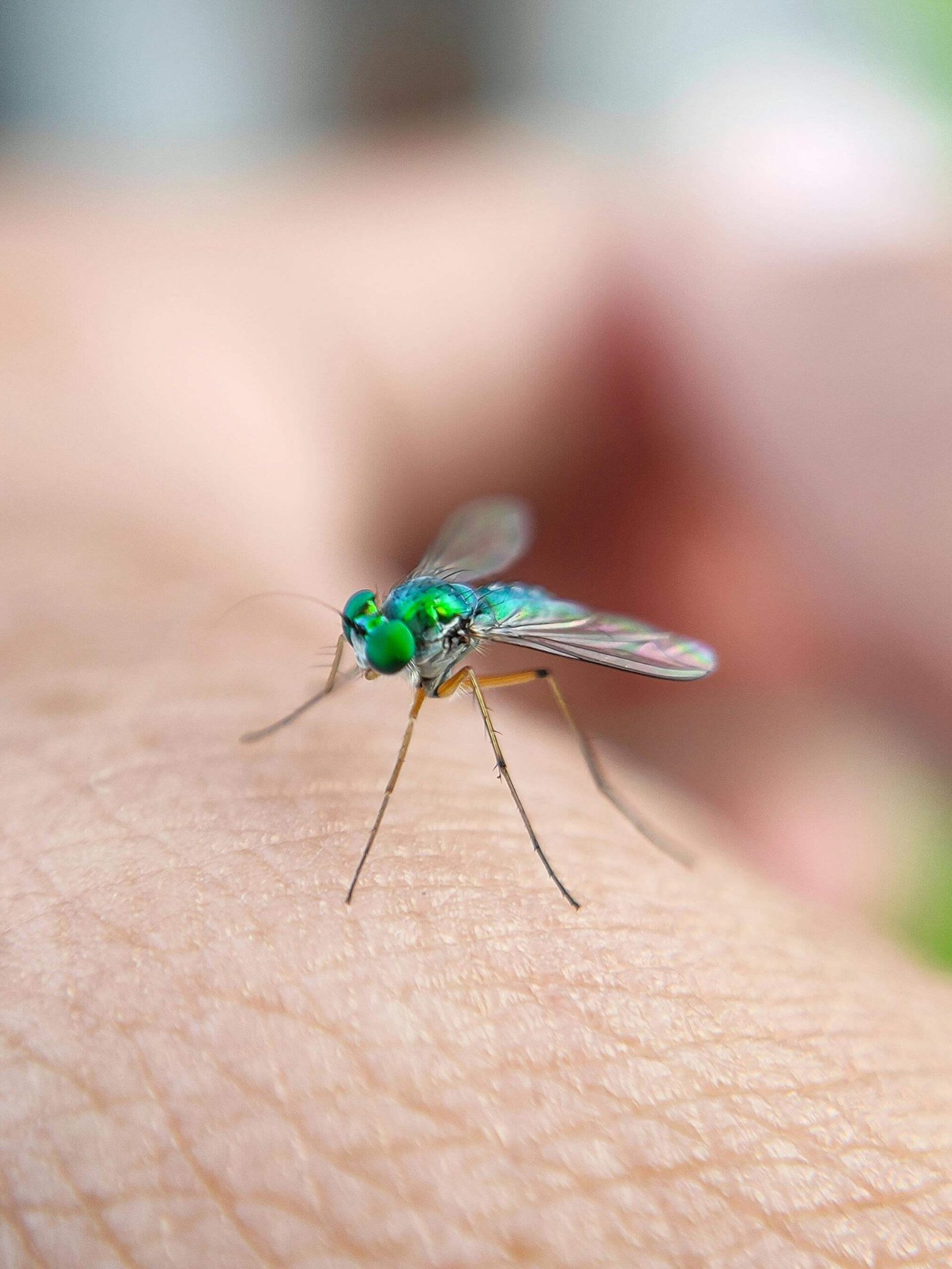
The Green Mosquito: A Comprehensive Overview
Introduction to Green Mosquitoes
The term “green mosquito” often refers to species of mosquitoes that exhibit greenish coloration or can relate to environmentally friendly approaches in mosquito control. The discussion around green mosquitoes encompasses both biological aspects and ecological impacts, as well as innovative solutions for managing mosquito populations without harming the environment. In this article, we will explore the biological characteristics of green mosquitoes, their habitats, behavior, and the significance of sustainable mosquito control methods.
1. Biological Characteristics
1.1. Identification
Green mosquitoes belong primarily to various genera, with the most common being Aedes, Anopheles, and Culex. They can display a greenish tint due to the presence of certain pigments in their exoskeletons or can be confused with other insects, such as the green lacewing.
1.2. Lifecycle
Like all mosquitoes, green mosquitoes undergo a four-stage lifecycle: egg, larva, pupa, and adult.
- Eggs: Laid in stagnant water or wet areas, the eggs can survive dry conditions until rehydrated.
- Larvae: Mosquito larvae, commonly called “wigglers,” feed on organic matter in the water.
- Pupae: The pupal stage is a non-feeding stage where mosquitoes undergo metamorphosis.
- Adults: The adult mosquitoes emerge from the pupal stage, typically living for a few weeks to several months, depending on environmental conditions.
2. Habitat and Distribution
Green mosquitoes are commonly found in tropical and subtropical regions, although some species have adapted to temperate climates. They thrive in environments with stagnant or slow-moving water, such as:
- Swamps
- Marshes
- Ponds
- Rainwater pools
- Artificial containers (e.g., discarded tires, buckets)
2.1. Ecological Role
Mosquitoes, including green species, play an essential role in ecosystems as pollinators and as a food source for various predators, including birds, bats, and aquatic organisms.
3. Behavior and Feeding Habits
3.1. Feeding
Green mosquitoes are notorious for their blood-feeding habits, which are primarily done by female mosquitoes. They require blood for the development of their eggs, often targeting warm-blooded animals, including humans. Male mosquitoes typically feed on nectar and plant juices.
3.2. Activity Patterns
Many species of mosquitoes are crepuscular, being most active during dawn and dusk. They are attracted to carbon dioxide, body heat, and body odors, making humans and animals prime targets for feeding.
4. Health Concerns
Green mosquitoes, like other species, can transmit various diseases, making them a significant public health concern. Some of the diseases associated with these mosquitoes include:
- Malaria: Primarily transmitted by Anopheles mosquitoes.
- Dengue fever: Commonly spread by Aedes mosquitoes.
- Zika virus: Also primarily transmitted by Aedes mosquitoes.
- West Nile virus: Spread by Culex mosquitoes.
4.1. Prevention and Control
Preventing mosquito-borne diseases often requires both individual and community efforts, such as:
- Eliminating breeding sites: Removing stagnant water where mosquitoes lay eggs.
- Using repellents: Applying DEET, picaridin, or natural oils like citronella.
- Installing screens: Using window and door screens to keep mosquitoes out.
- Using larvicides: Introducing biological control agents, like fish that eat mosquito larvae, or applying targeted larvicides.
5. Sustainable Mosquito Control Methods
As awareness of the environmental impact of traditional pesticide use grows, innovative, eco-friendly methods for mosquito control are gaining popularity:
5.1. Integrated Pest Management (IPM)
IPM combines biological, cultural, physical, and chemical tools in a way that minimizes economic, health, and environmental risks. Strategies may include:
- Biological control: Introducing natural predators like dragonflies and bats.
- Habitat modification: Altering environments to discourage mosquito breeding.
- Genetic control: Employing genetically modified mosquitoes to reduce populations.
5.2. Natural Repellents
Natural repellents made from essential oils (such as eucalyptus and lavender) are gaining traction as effective alternatives to synthetic chemicals. They are safer for the environment and reduce human exposure to harmful substances.
Conclusion
The green mosquito, while often considered a nuisance due to its blood-feeding habits and role in disease transmission, plays an essential role in ecosystems. Understanding its biological characteristics, behavior, and ecological impact is crucial for developing sustainable mosquito control strategies. By prioritizing eco-friendly methods, we can reduce the prevalence of these insects while minimizing harm to our environment. Promoting awareness and education on both the risks associated with mosquito-borne diseases and the importance of biodiversity can lead to healthier communities and ecosystems.